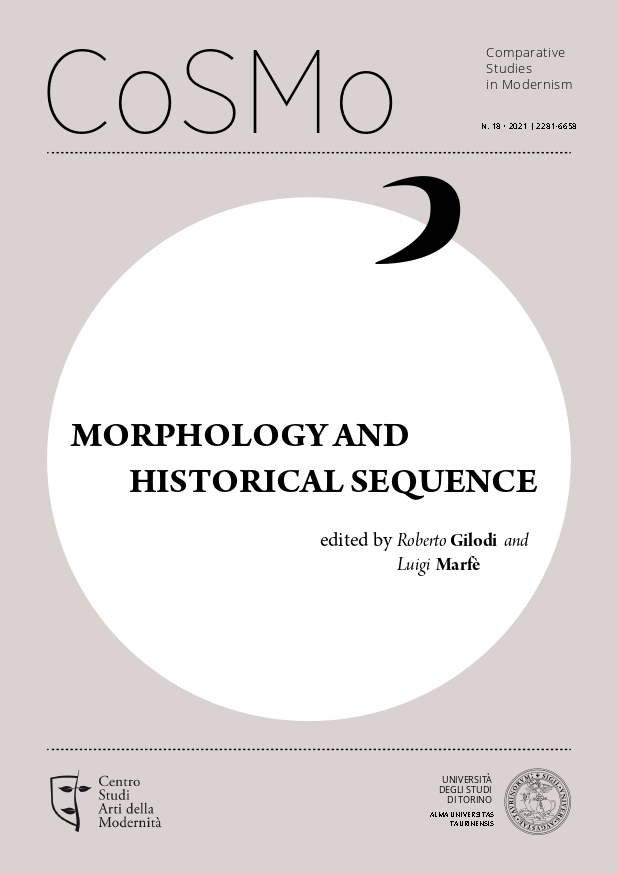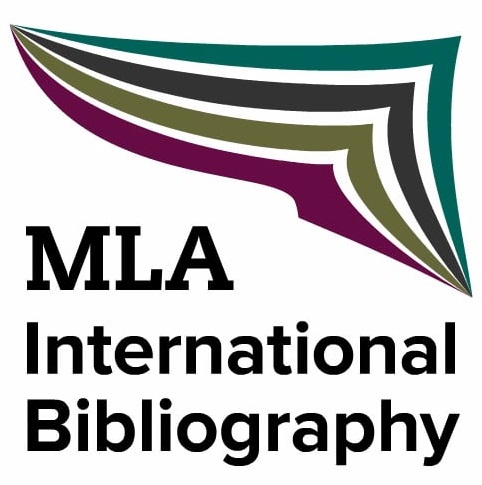Morphology and Literature
Parole chiave:
Morphology, Literary theory, Goethe, Bildung, Bildungsroman, Ginzburg, Wittgenstein, Warburg, Jolles, Benjamin, WeltliteraturAbstract
This essay offers a broad overview of the main critical questions concerning the concept of morphology in literary theory, beginning with the origins of morphology in classical thought. Then it explores the notion proposed by Goethe’s writings, and its affinity with the German concept of Bildung (and its embodiment in the Bildungsroman genre). The second part of the essay briefly examines the role of morphology in the work of some key twentieth century thinkers, discussing Aby Warburg’s approach to art history, André Jolles’ theory of the ‘simple forms’, the anti-historicist elements in the thought of Walter Benjamin and Carlo Ginzburg’s epistemological reflections (with their roots in Wittgenstein’s thought). At the end, the essay takes into consideration the relation between morphology and Goethes’s Weltliteratur.
Downloads
##submission.downloads##
Pubblicato
Fascicolo
Sezione
Licenza
Gli autori mantengono i diritti sulla loro opera e cedono alla rivista il diritto di prima pubblicazione dell'opera, contemporaneamente licenziata sotto una Licenza Creative Commons - Attribuzione che permette ad altri di condividere l'opera indicando la paternità intellettuale e la prima pubblicazione su questa rivista.






